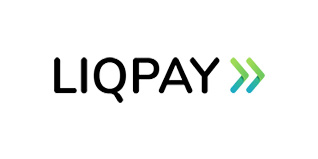Solar inverter
Solar inverters are a versatile piece of equipment. Here are some examples of how people around the world use them in their daily lives:

- City life. Owners of private homes install inverters to power household appliances. And not to be left without electricity during emergency outages. Often this allows you to significantly reduce electricity costs, and sometimes even earn money by giving excess energy to the network at a "green" tariff.
- Far from civilization. In villages or at dachas, where the network is either weak or non-existent, inverters save the day. With them, you can set up autonomous power supply and not depend on interruptions.
- In enterprises. Business also loves inverters for similar reasons - economy and autonomy have always attracted businessmen. Large systems with such devices provide workshops or offices with stable current.
- Travel. When camping or traveling, an inverter with portable panels will charge your phone or even power a small refrigerator.
How to connect an inverter?
There are several ways to "fit" an inverter into your power system. It all depends on what you need:
- To the grid. This is when the inverter works together with the general electricity grid. You use solar energy for your own needs, and the excess is given to the grid.
- Autonomous. Here the inverter lives its own life, not tied to the grid. It is usually accompanied by batteries to store energy for the night or cloudy day. Ideal for remote locations.
- Hybrid option. This is something in between: the inverter can take energy from panels, batteries, or the grid – depending on what is available at the moment. This approach is loved for its versatility.
Each method has its advantages, and the choice depends on where you live and how you plan to use the station's potential.
























